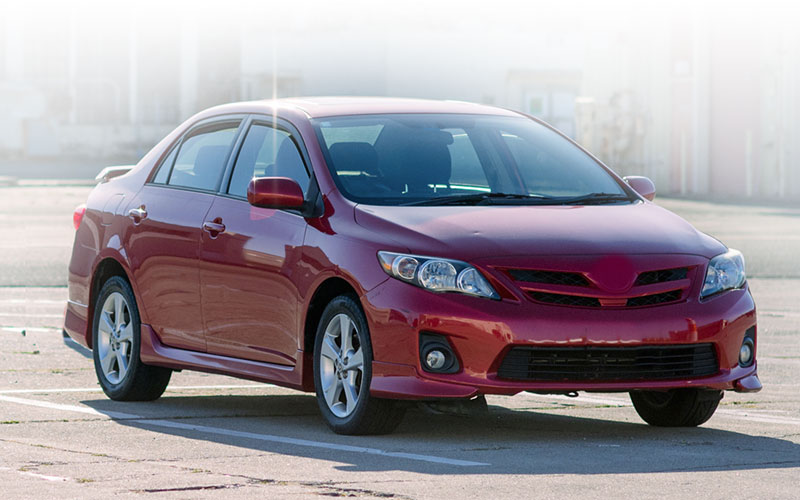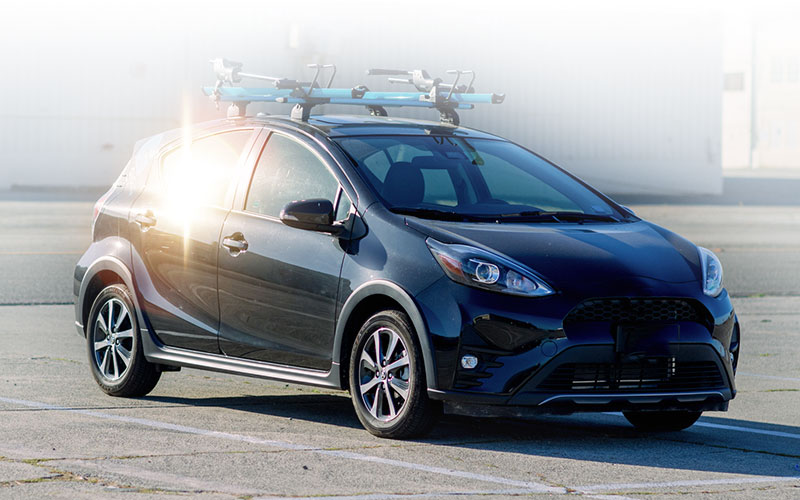Welcome to mechanicescape Services
Why Choose CarCare Services?
At CarCare Services, we take pride in providing top-notch car service that goes beyond expectations. Our team of highly skilled technicians is dedicated to keeping your vehicle in prime condition, ensuring your safety and comfort on the road. With years of experience and a passion for automobiles, we are your trusted partner for all your car maintenance and repair needs.
Routine Maintenance
From oil changes and tire rotations to air filter replacements and brake inspections, we offer comprehensive routine maintenance services to keep your car running smoothly.
Diagnostic Expertise
Our advanced diagnostic equipment allows us to pinpoint any issues with your vehicle accurately. Trust us to get to the root of the problem and provide effective solutions.
Customer Satisfaction
Our customers’ satisfaction is our top priority. We go the extra mile to exceed expectations and earn your trust through exceptional service.
Expert Technicians
Our certified technicians are highly skilled and up-to-date with the latest industry practices, ensuring your car is in the hands of professionals.
Transparent Pricing
No hidden fees or surprise charges. We provide transparent pricing and will explain all the costs upfront before any work is done.
Convenience
We understand your time is valuable. Our convenient scheduling options and timely service aim to get you back on the road as quickly as possible.
Modern Facility
Our state-of-the-art service center is equipped with the latest technology, making sure your vehicle receives the best care it deserves.
Repairs and Upgrades
Whether it’s a minor repair or a major overhaul, our team is equipped to handle it all. We use only genuine parts and modern techniques to ensure lasting results.
New Inventory

2018 Divi Lead - New
$34,000

2017 Monarch - Used
$19,300

2019 Nexus - New
$26,500
Rapids Honda
Rapids Honda stands as a beacon of excellence in the automotive industry, known for its commitment to customer satisfaction, innovation, and quality. In this extensive guide, we delve into the history, services, models, customer experiences, and more, shedding light...
Graphic Design Trends in Police Departments
Have you ever stopped to think about the role graphic designs play in shaping the public's perception of law enforcement agencies? Most people would say no! After all, until you're actively involved in either law enforcement or graphic design, you might not be...
The Best Vehicles for Transporting Contracting Equipment
Transporting contracting equipment requires vehicles that are not only reliable and robust but also versatile enough to accommodate various types of tools and machinery. Whether you are a contractor, builder, or tradesperson, choosing the right vehicle is crucial for...
Top 4 Incredible Tools You Need for Vehicle Maintenance
Buying a car is a massive step in bettering your life, but the challenge is often with maintenance. Most people use thousands and millions in avoidable car repairs. You must ensure you have the right tool to maintain your car effectively. These tools ensure you...
Car wash near me paracoche.ovh
Introduction In the fast-paced world of today, maintaining the exterior cleanliness of your vehicle is essential for both aesthetics and longevity. A clean car not only looks good but also protects your investment from the corrosive effects of dirt, grime, and...
TIRE 101: What tires are best for trucks?
Choosing the right tires for a truck is crucial for safety, performance, and efficiency. Trucks, whether used for personal or commercial purposes, have different tire requirements than standard vehicles due to their size, load capacity, and usage conditions. This...
Driving Efficiency with Tech-forward Automotive Services
Imagine you're cruising down the road and your car's dashboard lights up like a Christmas tree – it's the check engine light. In the past, this would mean an impending visit to the mechanic's shop, rife with uncertainties and potential for lengthy diagnostics. Fast...
Experience the Ultimate Party on Wheels with NJ’s Premier Party Buses
When it comes to celebrating special occasions, New Jersey knows how to throw a party. And what better way to elevate your celebration than by taking it on the road with a luxurious party bus in NJ? Whether you're planning a bachelorette party, a birthday bash, or...
Automotive Tinting Near Me
Navigating the World of Automotive Tinting: Finding Excellence Near You Introduction Automotive tinting has become a ubiquitous practice among vehicle owners, offering a range of benefits from enhanced privacy to protection against harmful UV rays. When embarking on...
Get In Touch
(62) 882-0099-41543
Location
GLR Edelweis 5
replybuybacklinksonline@gmail.com
Open Hours
Mon:10am – 5pm
Tue: 10am – 5pm
Wed: Closed
Thur: 10am – 5pm
Fri: 10am – 3pm
Sat: 10am – 3pm
Sun: Closed
